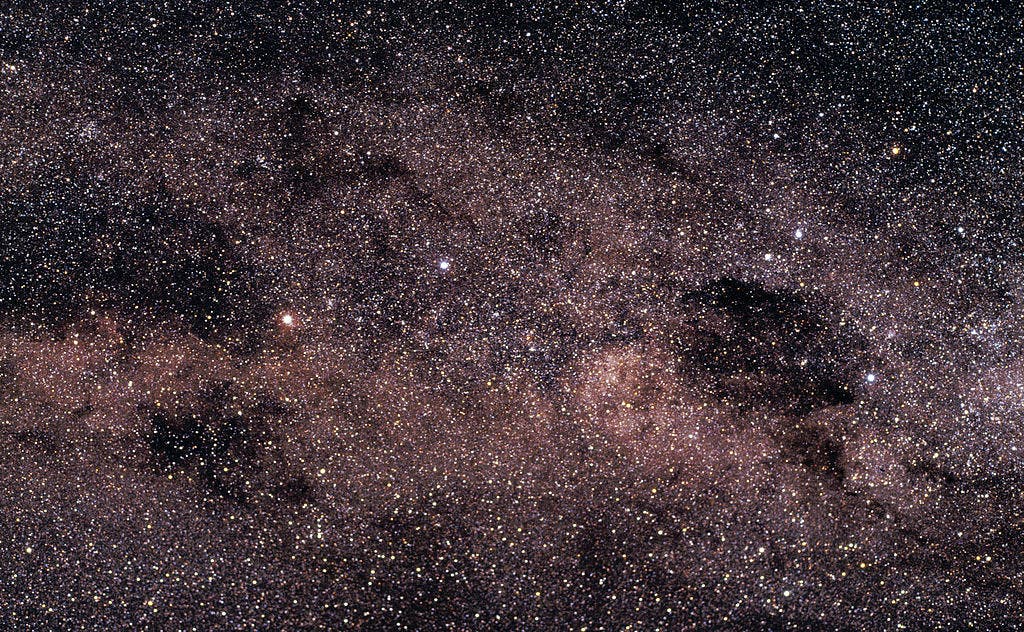Using direct telescope imaging, a group of researchers has identified a gas-giant planet orbiting the high-mass binary star system of b Centauri — the closest solar system to Earth. The finding suggests that planets can reside in much more massive stellar systems than was previously expected.

According to Markus Janson, lead author of the new study, many researchers believed that planet formation should be impossible around such stars. The reason is that massive stars emit a lot UV and X-ray radiation, so any dust or gas around them should dissipate quickly, leaving very little time for planets to form from that material.
“However, history teaches us those theoretical expectations about where exoplanets can or cannot reside are often not reliable,” Janson argued. The first exoplanet ever detected, the Jupiter 51 Peg b, is a good example of this. The discovery was surprising as people didn’t think it was possible for gas giant planets to orbit so close to stars.
With this in mind, Janson and his team decided to start the so-called BEAST survey, looking for planets around a class of massive stars called “B-type” stars. The survey uses a technique called high-contrast imaging to detect the faint light of a planet next to the much brighter light of the star it orbits. They are now observing 85 of the B-type stars, and the survey has already made some interesting discoveries.
A new finding
The researchers observed a gas-giant planet between March 2019 and April 2021, using the SPHERE exoplanet imager which is installed on the European Southern Observatory’s Very Large Telescope in Paranal, Chile. The planet that they found orbits the stars of the binary system at 560 times the distance between Earth and the Sun. For comparison, Pluto lies at 39 times the distance between the Earth and the Sun.
“This shows that planets can in fact survive around massive stars, which is an important realization, implying that we have to think deeply about how it might have formed. We can also measure orbital motion for the planet, and can conclude that its orbit is relatively circular, which is also interesting with respect to its formation,” Janson said.
For the researchers, it’s also significant that the parent star, b Centauri, is easily visible to the naked eye. This is highly unusual for an exoplanet host star, since most exoplanets to date are found in systems that are modestly bright and far away, and therefore only visible in a telescope. The direct visibility of b Centauri connects it to the general public.
The project was delayed for over a year because the telescope in Chile used for the BEAST survey was shut down in the Spring of 2020 because of the pandemic, and was kept closed over the summer – the period in which BEAST targets can be observed. But the telescope was restarted this year, and the researchers have a lot of data they plan to keep on working on next year.
The study was published in the journal Nature.


